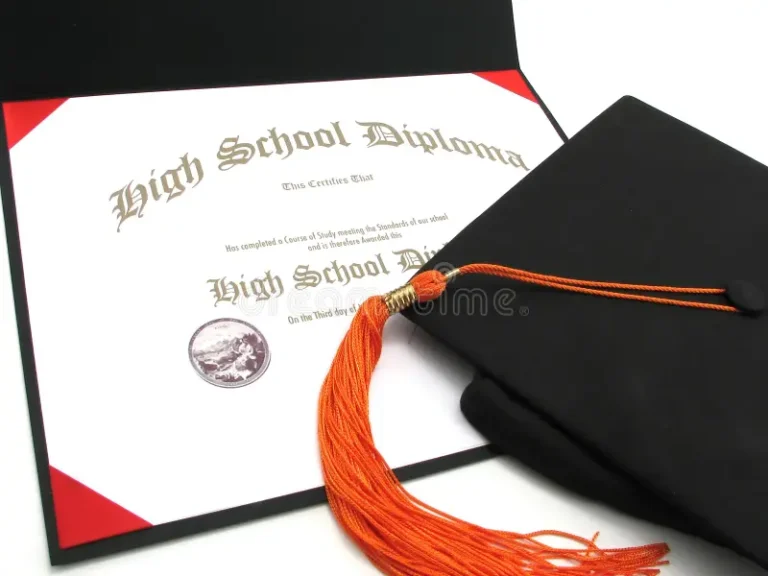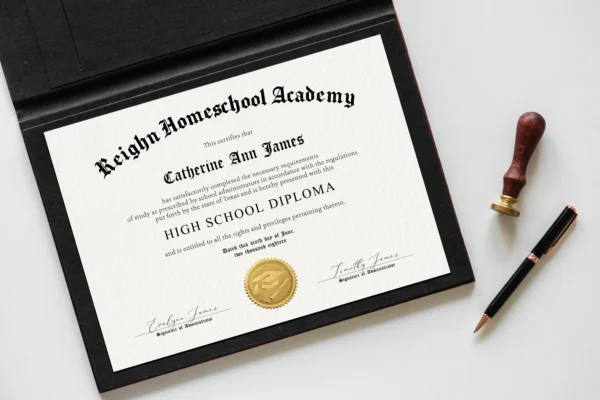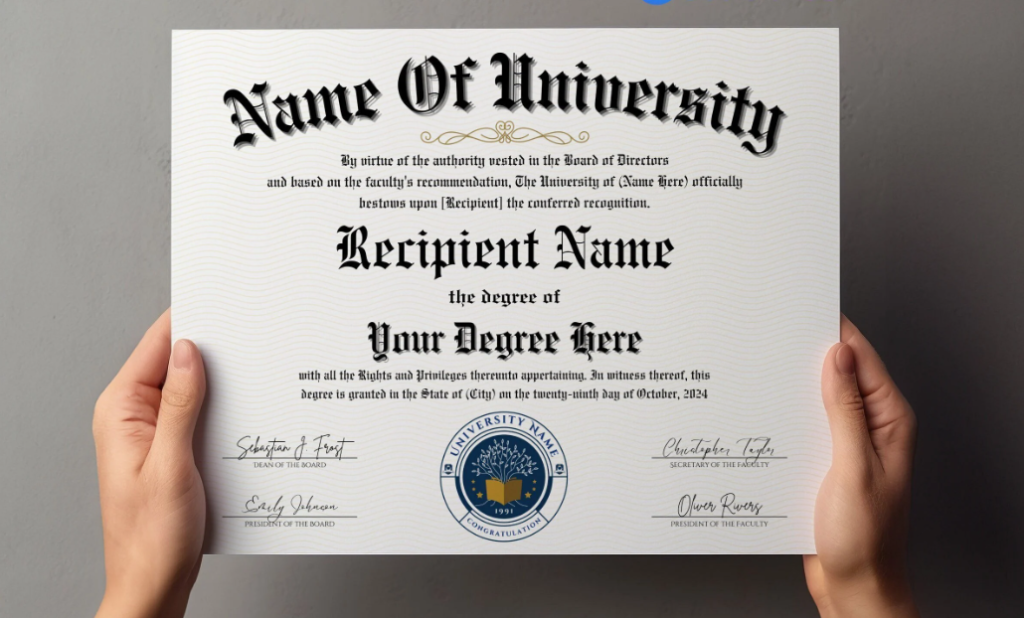COMMON MISTAKES TO AVOID WHEN BUYING A FAKE DIPLOMA

03
SEP
COMMON MISTAKES TO AVOID WHEN BUYING A FAKE DIPLOMA
The trend of fake diploma has been on the rise, often fuelled by the high demand for degrees in competitive job markets. Some people resort to buying fake diplomas to bypass educational requirements or enhance their resumes. According to the Zety website, 40% of companies are still likely to hire a candidate who has misrepresented their education.
Experts estimate that roughly 4.7 billion people have held fake diploma (Greenfield, 2023). A 2013 study of 352 companies found that 33% of applicants presented fraudulent diplomas. Additionally, the book “Degree Mills: The Billion Dollar Over a Million Fake Diplomas” reveals that there are over 3,000 unaccredited universities distributing fake diplomas worldwide. If you’re considering obtaining a genuine-like diploma, it’s essential to approach the situation thoughtfully. Here are some tips to ensure you make informed choices:
Check the Company’s Legitimacy
The first step in this process is verifying the legitimacy of the design diploma company. Look for a reputable design company that can provide a diploma that closely resembles a real one. Many scammers claim to offer these services, so be cautious when selecting a provider. Investigate their website and read reviews to validate their credibility. Additionally, ask for samples of previous work to ensure that the quality meets your expectations. This research will help you feel more confident in your choice of company.
Quality of Paper Matters
Employers increasingly scrutinize diplomas, employing both visual and tactile examinations to verify authenticity. The most commonly recommended material for diplomas is parchment paper, which is thicker and has a professional texture, making it less likely to raise suspicion. Choosing inferior paper can significantly detract from the perceived legitimacy of a diploma, as employers often associate the quality of the materials used with the overall credibility of the educational institution. Therefore, investing in high-quality parchment paper is essential for enhancing the diploma’s authenticity and maintaining a competitive edge in the job market.
Avoid Over-Designing
A genuine diploma is characterized by a professional and minimalist design, featuring critical elements such as a barcode and the university’s information while steering clear of unnecessary embellishments. According to a survey by the National Association of Colleges and Employers, nearly 60% of hiring managers report that overly ornate designs are a red flag for counterfeit diplomas. In contrast, fake diplomas often draw attention due to their excessive flourishes, making them easily identifiable. When selecting a provider, it is essential to ensure they understand the importance of a subtle yet sophisticated appearance. If you have a specific institution in mind, researching images of their authentic diplomas can provide valuable guidance. Requesting that your provider replicate the actual layout will not only enhance the diploma’s authenticity but also align it more closely with genuine credentials.
- Ensure Proper Embellishments
Authentic diplomas typically incorporate features such as seals and embossed text, which significantly enhance their legitimacy. According to industry surveys, diplomas with these enhancements are perceived as more credible by employers, with 75% of hiring managers indicating they would be more likely to trust a diploma that includes these details. It’s essential to ensure that your provider can deliver these critical features, as a diploma should not only look authentic but also feel legitimate to the touch. Engage in a discussion with your provider about the availability of seals and embossing; if they cannot accommodate these essential enhancements, it may be prudent to explore other options. By prioritizing these details, you can substantially improve the diploma’s overall authenticity and acceptance in the professional sphere.
- Accuracy and Authenticity
One of the most crucial aspects of a convincing fake diploma is the accuracy of the information it contains. It is vital to ensure that your provider delivers a diploma with details that closely mirror those of an authentic one. For example, the university’s name and address should be correct, and any signatures should match those found on the original diplomas.
If you choose to obtain a diploma from a nonexistent institution, it’s essential that the information remains plausible and adheres to the typical format of legitimate schools. Surveys show that 68% of employers verify the details of educational credentials, making it imperative to provide accurate information to mitigate suspicion. By prioritizing precision in the details, you can significantly reduce the likelihood of detection by potential employers, thereby enhancing the diploma’s credibility.
- Verification Assistance
It’s essential to recognize that companies routinely verify educational credentials, making it imperative to choose a provider wisely when seeking a fake diploma. Look for a reputable company that not only supplies high-quality replicas but also offers guidance on navigating the verification process. A reliable provider should assist you in understanding the verification landscape and ensure that your diploma aligns with the necessary standards to avoid detection. Selecting a company that supports you through these crucial steps can significantly enhance your chances of success in your job search, allowing you to present your credentials with confidence.
CONCLUSION:
It’s critical to recognize that there are many people in the world who consider availing of a counterfeit diploma. Moreover, a significant number of individuals explore this option for various reasons, many of which are valid. According to a study by the Federal Trade Commission, around 30% of job applicants have admitted to embellishing their educational credentials, often due to circumstances like losing their original diplomas or facing lengthy processes for reacquisition. While these motivations may stem from genuine frustrations, Indeed, job market trends often prioritize educational backgrounds, which can overshadow actual skills and competencies.
This focus on formal qualifications can create challenges for talented individuals who may lack traditional degrees but possess valuable experience and skills. To make the most informed choice, it’s crucial to seek out a credible design company that can assist you. A reputable firm will not only provide high-quality design services but also support you throughout the entire process.
Look for companies with positive reviews, a solid portfolio, and a transparent process. By partnering with a trustworthy design company, you can achieve the best results and enhance your chances of landing your dream job. With their expertise, you can present yourself in the best light, making a strong impression on potential employers and setting yourself apart in a competitive job market.




